September 17, 2025
Artificial Intelligence in Pathology – Has It’s Time Come?
Advocacy, Anatomic Pathology, Artificial Intelligence, Business, Clinical Laboratories, Clinical Pathology, Current Affairs, Digital Pathology News, Education, Image Analysis, Informatics, Laboratory Informatics, Laboratory Management & Operations, Molecular Pathology, New Digital Imaging Technologies, Pathology News, Vendor products, Whole slide
© 2023 Tissuepathology.com. All rights reserved. Millennial Consulting. | Web Design by Zealth Digital Marketing






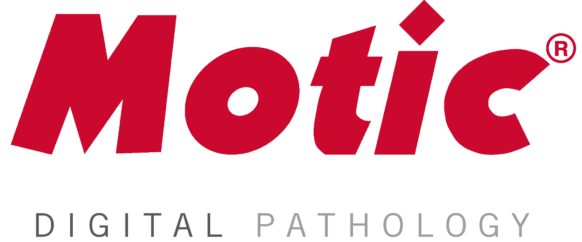

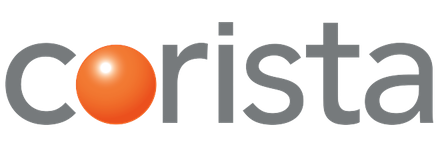







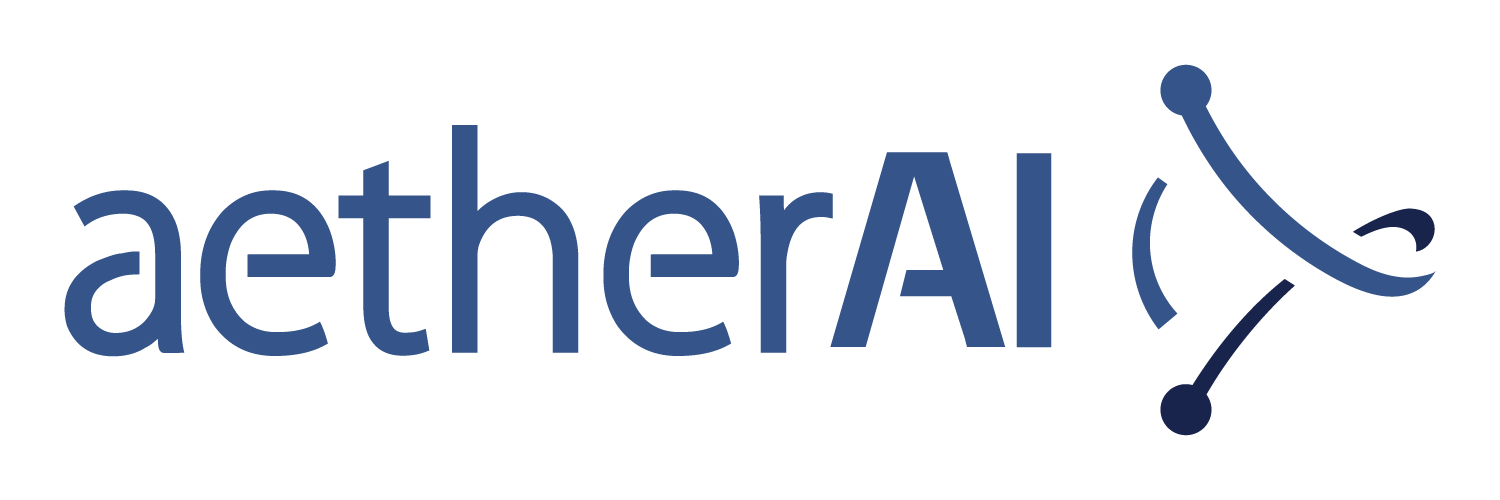

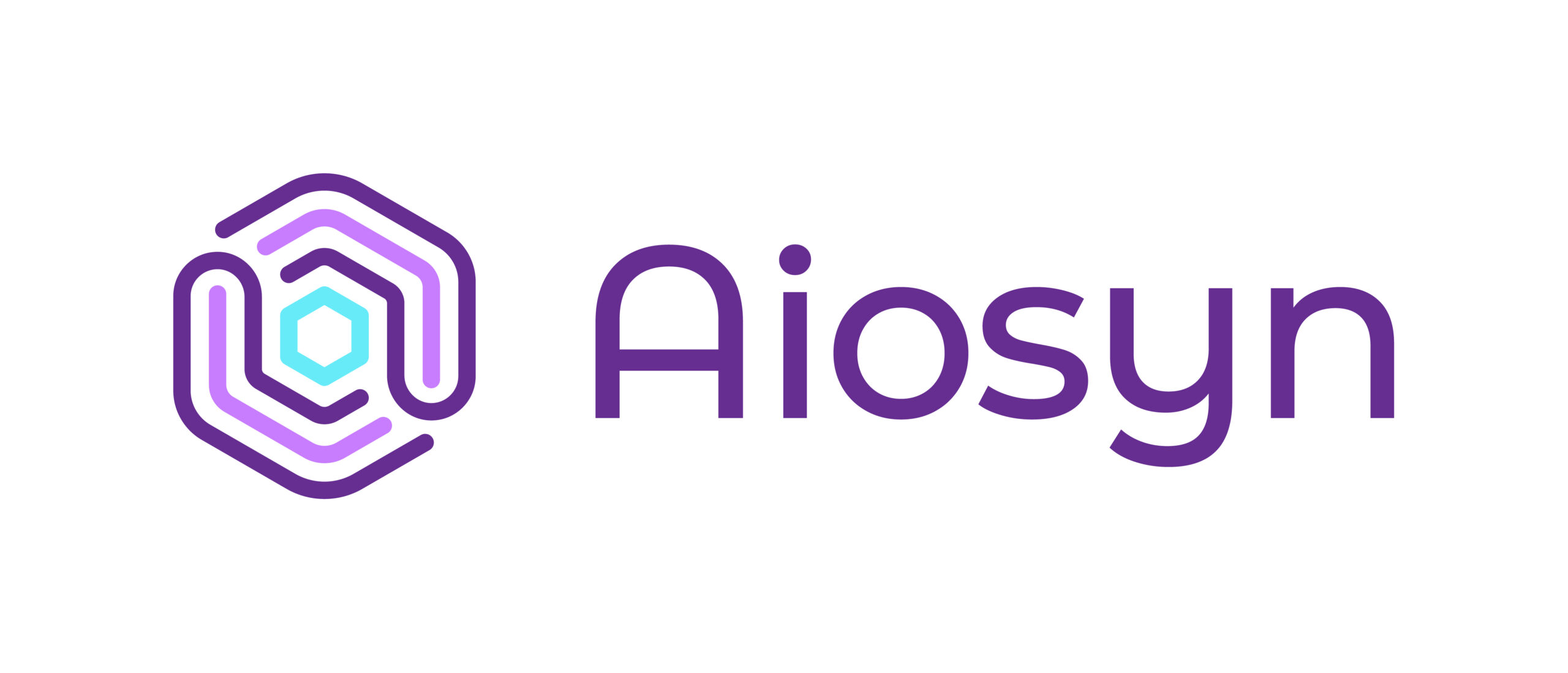





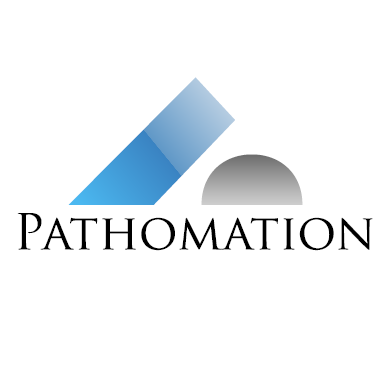









Where are we going? Where have we been? What is the future?
Last month, Tempus purchased Paige AI for $81M, largely in the form of Tempus stock to, as reports mention, for PaigeAI’s datasets from 7 million slides, perhaps most of which were from Memorial Sloan Kettering Cancer Center.
Critics were quick to point out that PaigeAI had raised $241 million and sold for $81 million for these datasets, largely, it appears, although, perhaps there was more to the deal.
Regardless, I began to wonder where on the hype cycle we are. Are we sliding down the trough of disillusionment? Is this as good as it gets? Is this the best pathology artificial intelligence can do? Is the opportunity for a multi-billion dollar market for AI in pathology behind us and never to be reached?
Or, are we still rising towards the Peak of Inflated Expectations? Are we still on an exponential upward slope instead of coming down one? Is this the Peak of Inflated Expectations and when the dust settles we will come up a bit to the Plateau of Productivity some % above where we started but nowhere near where the Peak was.
Critics would argue this does not bode well for pathology AI. From what I saw it seems the hype and excitement and investment and value and returns and so forth are not what we thought they would be.